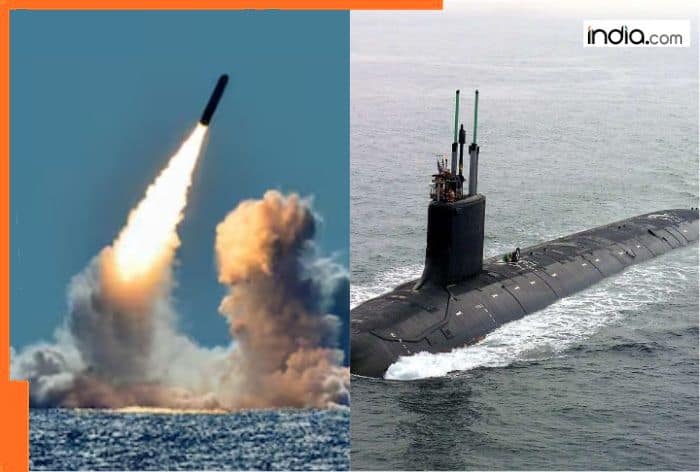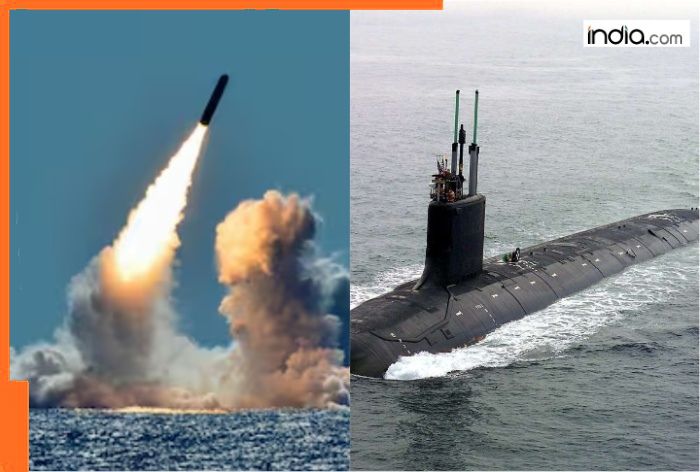The US has decided to arm its submarines with nuclear-armed cruise missiles after a gap of nearly three decades. The US Navy has issued a Request for Information (RFI) for a Sea-Launched Nuclear Cruise Missile (SLCM-N) in a bid to create a flexible cruise missile system.

US Nuclear Weapons: In a major move, the United States has decided to arm its submarines with nuclear-armed cruise missiles after a gap of nearly three decades. According to reports, the US Navy has issued a Request for Information (RFI) for a Sea-Launched Nuclear Cruise Missile (SLCM-N) in a bid to create a flexible cruise missile system on its submarines.
The US Navy’s RFI aims to deploy an operational cruise missile system by 2024, with prototype tests likely to be carried in the next three years from US’ SLCM-N Virginia-class submarines.
As per a report by Interesting Engineering, the US introduced nuclear-armed SLCMs in the 1980s when it deployed the TLAM-N, a nuclear-armed variant of the Tomahawk Land-Attack Missile (TLAM), which boast a range of 2,500 kilometers (around 1,550 miles). The US Navy had deployed the TLAM-Ns on both its warships as well as its submarines.
However, the TLAM-N missiles were removed from US warships and submarines, following the decision of President George Bush Sr. to withdraw all Sea-based tactical nukes. All TLAM-N’s were subsequently removed by mid-1992, but the US Navy kept the option open to redeploy them on submarines if an when needed in the future.
Notably, the Obama administration in 2010, had recommended the retirement of the TLAM-N system, and in 2018, the Trump Administration ordered the Nuclear Posture Review (NPR), that advocated the development of a new nuclear-armed sea-launched cruise missile or SLCM-N.
A ‘flexible’ nuclear option
The NPR argued that SLCM-Ns are needed to provide ‘flexible options’ available within the US nuclear arsenal as their nuclear missiles were designed to enhance deterrence capabilities against regional threats to US bases and America’s allies.
Proponents of the SLCM-N system contend that it provides a ‘flexible’ nuclear option as the system can be deployed in a variety of regions without the US needing to deploy its nuclear assets allied territory. The SLCM-N is poised to play a key role as a sea-based nuclear deterrent below the strategic level on the nuclear escalation ladder.
The SLCM-N, akin to the US US Navy’s now-discontinued TLAM-N, is conceived as a low-yield nuclear weapon launched from submarines, adding a new dimension to the maritime segment of the US nuclear triad.
Who’s the potential target?
While there are no specific ‘targets’ in the traditional sense, however, experts suspect that ongoing crisis in the Middle East, fueled by Israel’s brutal military campaign in Gaza, which has brought the region on the brink of a full-scale Iran-Israel war, could be one of the motivations behind US’ decision to arm its subs with nuclear missiles.
Another major reason could be the recent escalation in the Russia-Ukraine war, with Moscow amending its nuclear doctrine, giving it more ‘flexible’ options to deploy its nukes.

